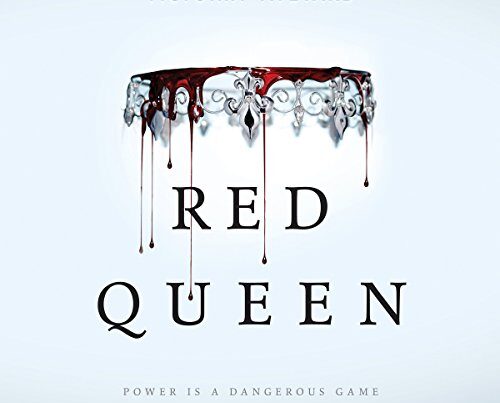Julian Barnes’ “The Only Story” Audiobook delves into a poignant love story between a young man and an older woman. It explores themes of memory, love, and loss.
Julian Barnes’ “The Only Story” is a profound exploration of love’s complexities. Set in 1960s suburban England, the novel follows 19-year-old Paul and his affair with 48-year-old Susan. Their relationship defies societal norms, leading to emotional highs and devastating lows.
Barnes masterfully captures the intensity and fragility of love through Paul’s reflective narration. The audiobook, narrated with compelling emotion, brings the characters’ inner worlds to life. This timeless tale resonates with anyone who has experienced the joys and sorrows of love, making it a must-listen for literary enthusiasts.

The Emotional Landscape Of ‘the Only Story’
Julian Barnes’ The Only Story audiobook takes listeners through a journey of love and memory. The novel explores deep emotions and personal reflections.
Themes Of Love And Memory
The novel centers on two main themes: love and memory. Paul and Susan’s relationship is examined through these lenses. Love is shown as both beautiful and painful.
Memory plays a crucial role. Paul looks back on his past with Susan. He grapples with recollections of joy and sorrow.
| Theme | Description |
|---|---|
| Love | Explored through Paul’s relationship with Susan. |
| Memory | Paul reflects on his past experiences. |
Character Analysis: Paul And Susan
Paul and Susan are the core characters. Their dynamics shape the story.
- Paul: A young man, reflective and sensitive.
- Susan: An older woman, complex and intriguing.
Paul’s youth contrasts with Susan’s experience. This contrast creates tension and depth.

Narrative Techniques In ‘the Only Story’
Julian Barnes’ ‘The Only Story’ employs unique narrative techniques. These techniques make the audiobook engaging. The story uses different perspectives and plays with time.
First, Second, And Third Person Perspectives
Barnes uses first-person perspective to create intimacy. The protagonist, Paul, shares his thoughts directly. This makes listeners feel close to him.
Second-person perspective is rare but powerful. It places the listener in Paul’s shoes. This makes the experience personal and immersive.
Third-person perspective provides a broader view. It helps to understand other characters. This adds depth to the story.
The Role Of Time In Storytelling
Time plays a crucial role in ‘The Only Story’. The story shifts between past and present. This keeps listeners engaged and curious.
Barnes uses flashbacks to reveal Paul’s memories. These flashbacks help to understand his past and emotions. They add layers to the narrative.
Foreshadowing hints at future events. It builds anticipation and tension. This technique keeps listeners on the edge of their seats.
| Perspective | Effect |
|---|---|
| First Person | Creates intimacy |
| Second Person | Makes experience personal |
| Third Person | Provides broader view |
Impact And Reception Of The Audiobook
Julian Barnes’ The Only Story audiobook has made a significant impression on listeners. The narration elevates the novel’s emotional depth. Readers and critics alike have praised its delivery.
Critical Acclaim And Awards
The audiobook has received widespread critical acclaim. Critics noted the excellent narration and emotional impact. The voice actor’s performance brought characters to life. This audiobook has won several awards. These include:
- Audie Award for Best Fiction Narration
- AudioFile Earphones Award for exceptional audio performance
- Society of Voice Arts and Sciences Award for Best Audiobook Narration
These accolades highlight the audiobook’s quality. It stands out in the crowded market of literary works.
Comparing The Audiobook To The Print Version
The audiobook offers a unique experience compared to the print version. The narration adds a layer of emotional intensity. Listeners feel the characters’ struggles more vividly. In contrast, the print version allows for personal interpretation. Some readers might prefer this flexibility.
The table below compares key aspects of both versions:
| Aspect | Audiobook | Print Version |
|---|---|---|
| Emotional Depth | High due to narration | Moderate, depends on reader’s interpretation |
| Accessibility | Easy to listen anytime | Requires focused reading time |
| Character Voices | Distinct and lifelike | Imagination required |
| Comprehension | Enhanced through tone and emphasis | Depends on reader’s skill |
Both formats have their advantages. The choice depends on personal preferences. The audiobook’s narration adds a rich layer to Julian Barnes’ story.

Conclusion
Julian Barnes’ “The Only Story” audiobook captures deep emotions and complex relationships. Its narration enhances the experience, making it unforgettable. Dive into this profound story and discover its rich layers. For those who cherish thought-provoking tales, this audiobook is a must-listen.
Enjoy the journey and let the story resonate with you.



